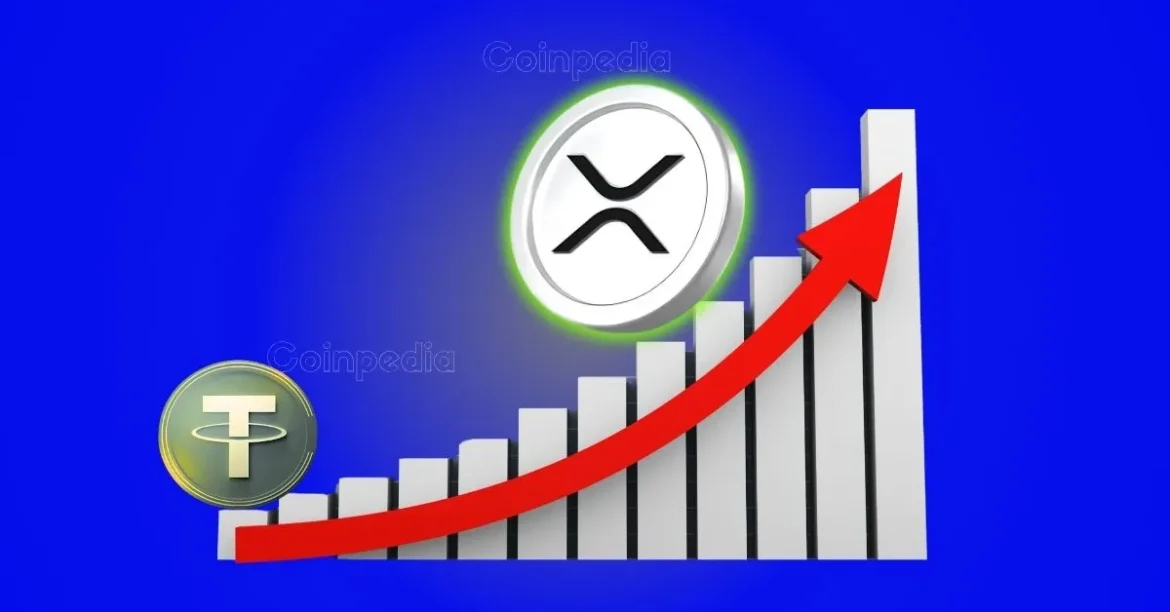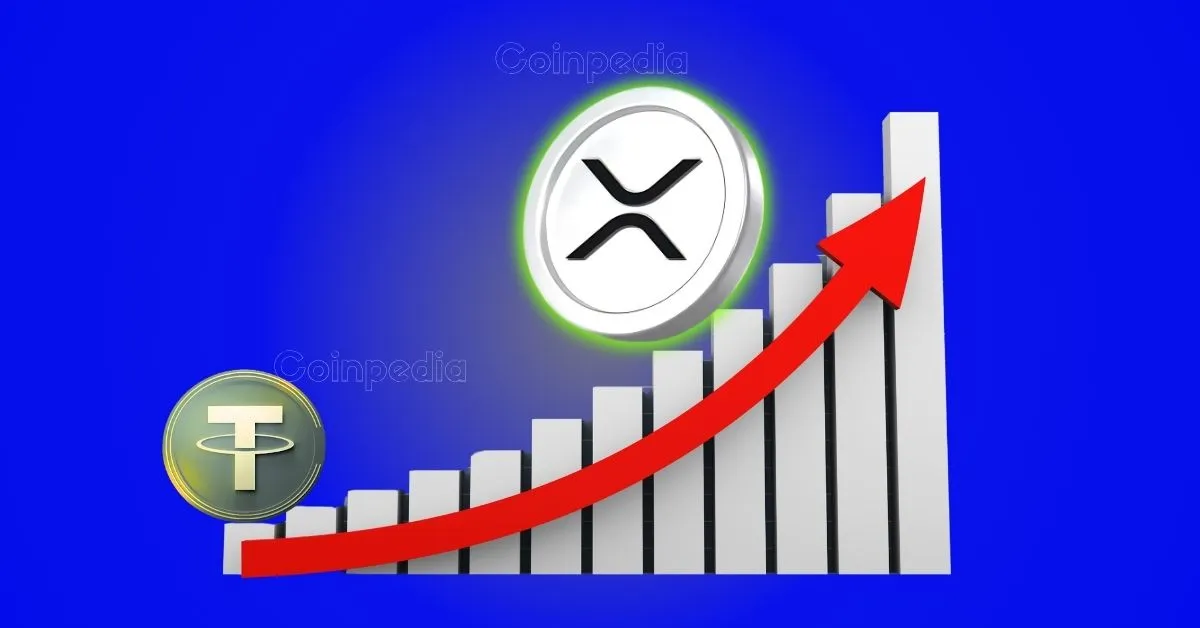The Changing Landscape of Global Finance: BRICS, Ripple, and the XRP Connection
The global financial system, long dominated by the U.S. dollar, is witnessing dynamic shifts that could redefine international trade and payments. At the heart of recent speculation and strategic moves lie the BRICS nations—Brazil, Russia, India, China, and South Africa—who are exploring alternative financial infrastructures. Central to this evolving narrative is the potential integration of Ripple’s XRP cryptocurrency into a gold-backed cross-border payment system. This comprehensive discussion unpacks the promise, challenges, and implications of these bold developments.
—
BRICS’ Quest for Financial Independence and Stability
For decades, the U.S. dollar has maintained an unrivaled position as the world’s reserve currency, granting the United States significant economic leverage. However, rising geopolitical tensions and economic ambitions have sparked the BRICS coalition’s endeavor to establish an independent and more balanced global financial framework. A notable direction involves deploying a currency or payment system backed by tangible assets such as gold, alongside local currencies like the Chinese yuan, Russian ruble, and Indian rupee. This hybrid backing—some sources suggest a composition of approximately 40% gold and 60% local currencies—aims to anchor stability and reduce reliance on the dollar’s volatility.
The introduction of a gold-backed currency is seen by many analysts as a compelling alternative, leveraging the immense reserves held by BRICS nations to foster confidence and reduce exposure to the dollar-centric global system. It could potentially reshape global trade by presenting a more diversified and resilient monetary foundation, strengthening the economic autonomy of member countries.
—
Ripple’s XRPL as the Technological Backbone
Ripple’s XRP Ledger (XRPL) has emerged as a viable candidate to support the envisioned BRICS payment infrastructure because of what it offers uniquely:
– Speed and Efficiency: XRP transactions settle in seconds, contrasting sharply with traditional systems that can take days.
– Low Transaction Costs: Minimal fees make cross-border transactions more economical, especially important in international trade corridors.
– Decentralization & Security: The XRPL’s architecture supports a decentralized network, reducing dependency on intermediaries.
– Real-Time Cross-Border Settlement: This capability can dramatically reduce liquidity requirements and credit risk in global settlements.
The BRICS nations’ reported interest in creating “BRICS Pay,” a decentralized cross-border payment system, might find in Ripple and XRP essential tools to realize these aims. Moreover, discussions hint that XRP might serve as a liquidity bridge facilitating the instantaneous exchange of assets—whether fiat, gold-backed stablecoins, or other digital assets.
—
Gold-Backed Stablecoins and Hybrid Models
The narrative around BRICS also includes the possibility of minting a gold-backed stablecoin, enhancing digital currency stability by anchoring it to real-world assets. Such a stablecoin could coexist with Central Bank Digital Currencies (CBDCs) for domestic transactions, offering a hybrid framework that balances sovereignty, stability, and efficiency.
XRP’s potential role in such a system could be multifaceted:
– Tokenizing Gold: XRP could provide a platform to represent gold holdings digitally, enabling instant and verifiable settlements.
– Bridge Currency: Acting as an intermediary to facilitate exchange across different member countries’ CBDCs or local currencies.
– Integration Platform: Leveraging Ripple’s existing institutional relationships could accelerate adoption and interoperability among BRICS countries.
By adopting this hybrid approach, BRICS would avoid ceding complete control over monetary policy while embracing blockchain technology’s advantages to reduce costs and speed up settlements.
—
Implications for XRP and the Global Financial System
If BRICS formally integrates XRP or leverages Ripple’s payment technologies, several strategic impacts are foreseeable:
– Surge in Demand and Utility: The adoption by a bloc as large as BRICS would potentially increase XRP transaction volume dramatically, potentially influencing market value and liquidity.
– Reduction in Dollar Hegemony: Using XRP within a gold-backed system challenges the dollar’s primacy, potentially realigning the power structures in global finance.
– Regulatory Collaboration and Innovation: Ripple’s active efforts to engage regulators and institutions align well with BRICS’ initiative, signaling a forthcoming wave of regulatory frameworks tailored for such blockchain applications.
– Competitive Pressure on Traditional Systems: Initiatives like “BRICS Pay” and XRP-based cross-border channels could pressure legacy systems like SWIFT to evolve or risk obsolescence.
—
Challenges and Speculative Nature of the Theory
Despite promising indications, the idea of a BRICS gold-backed financial system powered by XRP remains speculative. Challenges include:
– Geopolitical Complexity: Aligning the interests of diverse BRICS members with varying economic priorities is inherently difficult.
– Regulatory Hurdles: Cross-border regulations and international compliance need extensive harmonization to avoid friction.
– Technological Integration: Merging new blockchain solutions with legacy financial infrastructure demands substantial investment and expertise.
– Market Volatility and Trust: Even gold-backed stablecoins require robust governance to maintain trust and stability.
– U.S. and Western Response: Potential economic and political resistance from the West may affect the pace and success of such initiatives.
—
Looking Ahead: A New Financial Epoch?
The convergence of asset-backed currencies with cutting-edge blockchain technology exemplified by Ripple’s XRP could herald a seismic shift in how global money and trade flow. For BRICS nations, the dual challenge of maintaining sovereignty and ensuring competitiveness may be well served by this blend of traditional value anchors (gold) and futuristic network efficiencies (XRPL).
While the definitive deployment of XRP in a BRICS-led gold-backed financial system is not guaranteed, the ongoing discussions and exploratory steps suggest a clear intention to disrupt the existing dollar-dominated paradigm. Ripple’s proactive strategies, the increasing appeal of blockchain in central banking discussions, and grassroots enthusiasm signal that this transformation might be closer than many anticipate.
—
Conclusion: Bridging Tradition and Innovation
The notion of BRICS pioneering a stable, gold-backed payment system utilizing Ripple’s XRP resonates far beyond cryptocurrency circles. It embodies a broader movement—a quest to balance economic sovereignty with technological innovation, stability with speed, and independence with interconnectedness. If realized, this financial architecture could fundamentally reshape global commerce, diminish longstanding hegemonies, and push the international financial ecosystem toward a more multipolar and blockchain-integrated future. The marriage of gold’s timeless value with XRP’s cutting-edge capabilities offers a fascinating glimpse into how money might evolve in the coming years.





